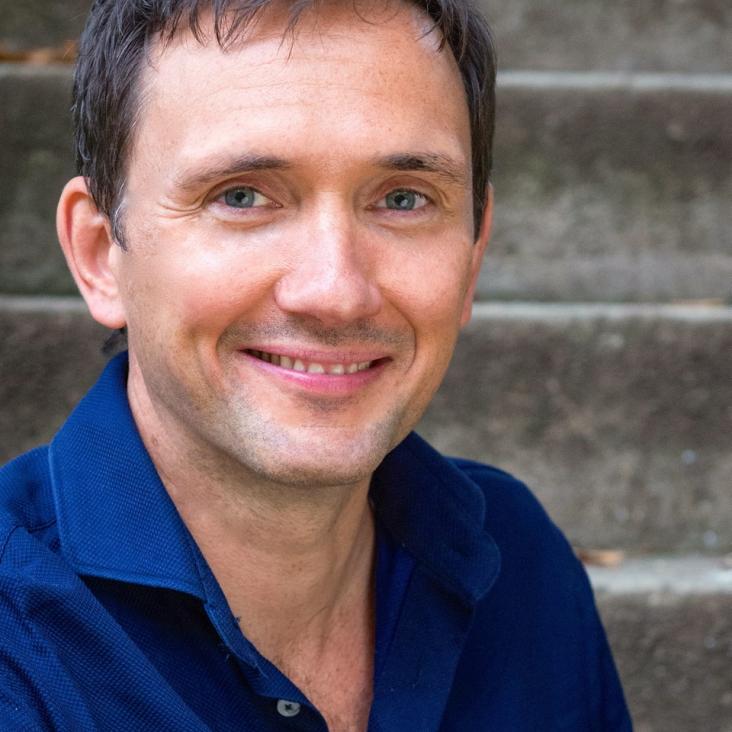DNA nanotweezers studied with a coarse-grained model of DNA
ArXiv 0911.0555 (2009)
Abstract:
We introduce a coarse-grained rigid nucleotide model of DNA that reproduces the basic thermodynamics of short strands: duplex hybridization, single-stranded stacking and hairpin formation, and also captures the essential structural properties of DNA: the helical pitch, persistence length and torsional stiffness of double-stranded molecules, as well as the comparative flexibility of unstacked single strands. We apply the model to calculate the detailed free-energy landscape of one full cycle of DNA 'tweezers', a simple machine driven by hybridization and strand displacement.Modelling the Self-Assembly of Virus Capsids
ArXiv 0910.1916 (2009)
Abstract:
We use computer simulations to study a model, first proposed by Wales [1], for the reversible and monodisperse self-assembly of simple icosahedral virus capsid structures. The success and efficiency of assembly as a function of thermodynamic and geometric factors can be qualitatively related to the potential energy landscape structure of the assembling system. Even though the model is strongly coarse-grained, it exhibits a number of features also observed in experiments, such as sigmoidal assembly dynamics, hysteresis in capsid formation and numerous kinetic traps. We also investigate the effect of macromolecular crowding on the assembly dynamics. Crowding agents generally reduce capsid yields at optimal conditions for non-crowded assembly, but may increase yields for parameter regimes away from the optimum. Finally, we generalize the model to a larger triangulation number T = 3, and observe more complex assembly dynamics than that seen for the original T = 1 model.Extracting bulk properties of self-assembling systems from small simulations
ArXiv 0910.1201 (2009)


